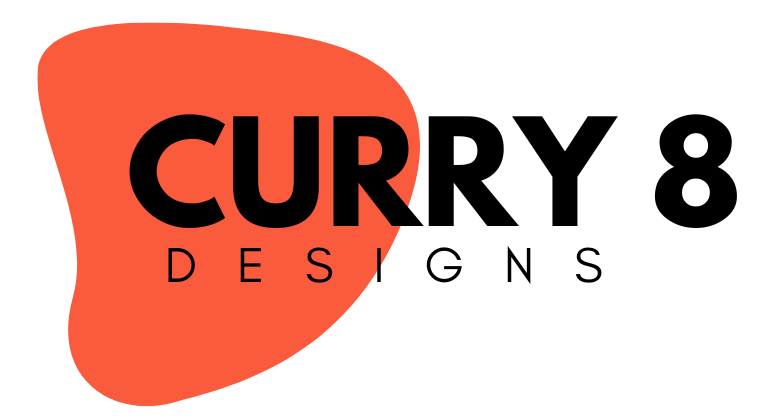Web design continues to evolve rapidly, driven by new technologies, user behavior, and aesthetic preferences. As we step into 2024, creating a visually stunning website is not enough; it must deliver an intuitive and seamless user experience (UX). A site that’s easy to navigate and engaging will keep visitors around longer, boost conversions, and improve overall satisfaction.
Let’s explore the top five web design trends poised to enhance user experience in 2024, helping you stay ahead of the curve.
1. AI-Powered Personalization
Artificial intelligence (AI) is revolutionizing web design by creating more personalized experiences for users. AI can analyze user behavior in real-time, adjusting content, recommendations, and interface elements to suit each visitor’s unique preferences. This dynamic content personalization ensures that every user feels like the website was designed specifically for them.
For instance, an e-commerce site could use AI to display products based on a user’s browsing history, or a content platform might recommend articles or videos tailored to individual interests. By making interactions feel more relevant, AI-powered personalization helps reduce bounce rates and boosts engagement, leading to better overall UX.
2. Minimalistic and Immersive Navigation
Cluttered navigation is a thing of the past. In 2024, websites are increasingly adopting minimalistic navigation structures that make it easier for users to find what they’re looking for without being overwhelmed by options. The focus is on simplicity and usability, with designers opting for hidden or collapsible menus, clean layouts, and prominent CTAs (calls to action).
At the same time, immersive navigation techniques—such as scroll-triggered animations or 3D transitions—are gaining popularity. These techniques guide users through a visually engaging journey without sacrificing clarity or ease of use. By striking a balance between minimalism and interactivity, web designers can create sites that are not only visually appealing but also offer a smoother, more intuitive browsing experience.
3. Dark Mode and Customizable Themes
Dark mode is no longer just a trend; it has become a standard feature for websites and apps. The appeal of dark mode lies in its ability to reduce eye strain, especially in low-light environments, while giving websites a sleek, modern look. For many users, dark mode enhances readability and overall comfort during extended browsing sessions.
In 2024, we’re also seeing a rise in customizable themes, where users can switch between light, dark, and custom color modes based on their preferences. Offering these options provides users with a sense of control over their experience, fostering deeper engagement. It’s no longer just about aesthetic preference—it’s about enhancing accessibility and UX by adapting to users’ needs.
4. Microinteractions for Better Engagement
Small, subtle animations known as microinteractions are becoming an integral part of web design. These tiny animations occur in response to user actions, such as hovering over a button, liking a post, or submitting a form. While microinteractions may seem insignificant, they can make a big impact on how users perceive and interact with your website.
For example, a slight animation when clicking a button reassures users that their action was registered, or a playful loading spinner can keep visitors entertained during short wait times. These microinteractions create a more engaging experience by offering real-time feedback and making the website feel more responsive and alive.
In 2024, expect more websites to incorporate these delightful touches to keep users engaged and provide a more interactive and satisfying experience.
5. Voice User Interface (VUI) Integration
As voice search and virtual assistants like Siri, Alexa, and Google Assistant become more commonplace, voice user interfaces (VUIs) are gaining traction in web design. VUI allows users to interact with websites through voice commands, creating a more accessible and hands-free browsing experience.
Integrating voice functionality into websites not only improves accessibility for users with disabilities but also offers convenience for those who prefer using voice search over typing. Imagine being able to ask a website for product information or to search for articles without lifting a finger.
As VUI technology continues to improve, we’ll see more websites embracing this trend to enhance user experience, especially on mobile devices where typing can be cumbersome. Adding VUI can give your site a futuristic edge and cater to the growing demand for voice-enabled technology.
Why These Trends Matter for UX in 2024
Adopting these trends isn’t just about keeping up with design aesthetics—it’s about creating a better experience for your users. Today’s internet users have high expectations; they want fast-loading, responsive websites that offer personalized, intuitive interactions. Ignoring these trends could lead to outdated designs that frustrate users and drive them away.
AI-powered personalization makes browsing more relevant, minimalistic navigation simplifies the user journey, dark mode enhances visual comfort, and microinteractions inject fun and functionality into everyday actions. Meanwhile, voice user interfaces open the door to new ways of interacting with content.
By embracing these 2024 web design trends, you’ll not only improve the look and feel of your website but also create a more engaging, accessible, and user-friendly experience. This translates into increased time on site, higher conversion rates, and better overall satisfaction for your visitors.
Final Thoughts
The landscape of web design is always changing, but one thing remains constant: the user experience is at the heart of it all. As we head into 2024, focusing on these emerging trends can help ensure your website is ready to meet user expectations and stand out in a crowded digital world.
Whether you’re considering AI-powered personalization, experimenting with dark mode, or integrating voice search capabilities, each of these design trends has the potential to take your website’s UX to the next level. Stay ahead by continually refining your site’s design and offering an experience that feels both modern and tailored to your audience’s needs.

